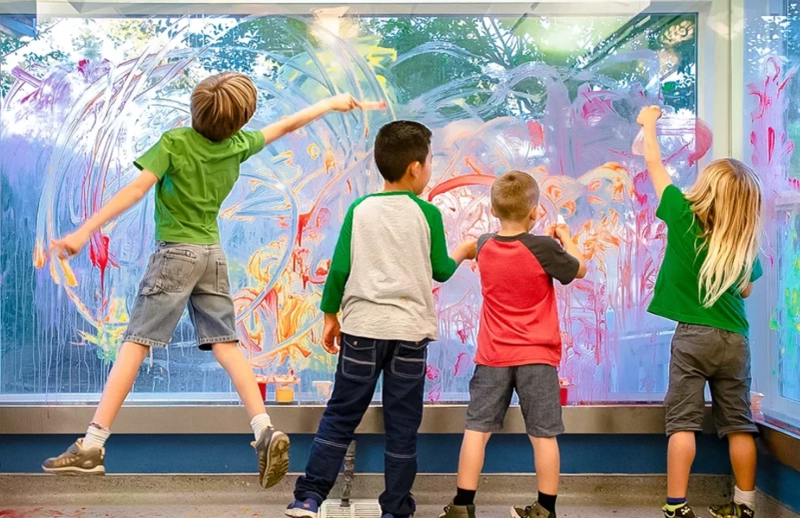Art is more than just a way for children to pass time or have fun — it is a powerful tool for learning, expression, and personal growth. From the moment a child first scribbles with a crayon to the time they create more detailed drawings or sculptures, the artistic process influences multiple aspects of their development. Whether through painting, drawing, music, dance, drama, or crafts, art nurtures creativity, emotional intelligence, cognitive skills, and social awareness.
1. Cognitive Development
Engaging in art activities helps children develop their thinking skills and problem-solving abilities. When a child decides what colors to mix, how to represent an object, or how to shape clay, they are making decisions, experimenting, and learning cause-and-effect relationships. This builds:
- Visual-spatial skills — Understanding how objects relate to each other in space.
- Observation and memory — Noticing details in the environment and recalling them in artwork.
- Critical thinking — Evaluating whether their creation matches their vision and making adjustments.
2. Emotional Expression and Regulation
Art gives children a safe outlet to express feelings they might not be able to put into words. A child may draw a stormy sky when feeling angry or use bright colors when happy. Through art, they can:
- Communicate emotions indirectly.
- Learn to manage stress and anxiety.
- Build self-confidence by creating something uniquely their own.
3. Creativity and Imagination
One of art’s most profound benefits is its ability to unlock a child’s imagination. By exploring different materials and techniques, children learn to think outside the box. Creativity developed through art also benefits other areas, such as science, writing, and problem-solving in daily life.
4. Motor Skills Development
Many art activities help strengthen fine motor skills, which are essential for everyday tasks like writing, buttoning clothes, or using utensils. Activities such as painting, coloring, cutting paper, and sculpting clay improve:
- Hand-eye coordination.
- Grip and control over small objects.
- Precision and dexterity.
5. Social Skills and Collaboration
When children participate in group art projects or drama activities, they learn important social lessons, such as:
- Sharing resources and taking turns.
- Listening to and respecting others’ ideas.
- Working toward a common goal.
6. Cultural Awareness and Appreciation
Art exposes children to different cultures, traditions, and histories. Through exploring folk art, music, or dance from around the world, they gain a broader understanding of diversity and empathy toward others.
7. Academic Connections
Numerous studies show that art education supports academic performance. Skills learned through art — focus, persistence, and the ability to interpret symbols — can translate into improved literacy, math, and science learning. For example:
- Drawing diagrams can help in science.
- Understanding rhythm can support mathematical thinking.
- Storytelling through drama can improve language skills.
8. Building Confidence and Resilience
Creating art teaches children that mistakes can lead to new ideas. When they experiment, fail, and try again, they develop resilience. Completing a project and receiving appreciation builds self-esteem and a sense of accomplishment. Source: nsfas-statuscheck.co.za
How Parents and Educators Can Encourage Art in Children
- Provide varied materials — crayons, paints, clay, fabric, recycled materials.
- Allow creative freedom — avoid over-directing or judging too harshly.
- Integrate art into daily routines — combine art with storytelling, outdoor activities, or science projects.
- Celebrate effort, not just results — focus on the process of creation rather than perfection.
Art plays a central role in a child’s holistic development, influencing intellectual, emotional, social, and physical growth. It is not merely an extracurricular activity, but a foundational part of learning and self-discovery. By encouraging artistic expression, parents and educators give children the tools to think creatively, express themselves confidently, and approach life with curiosity and resilience.

